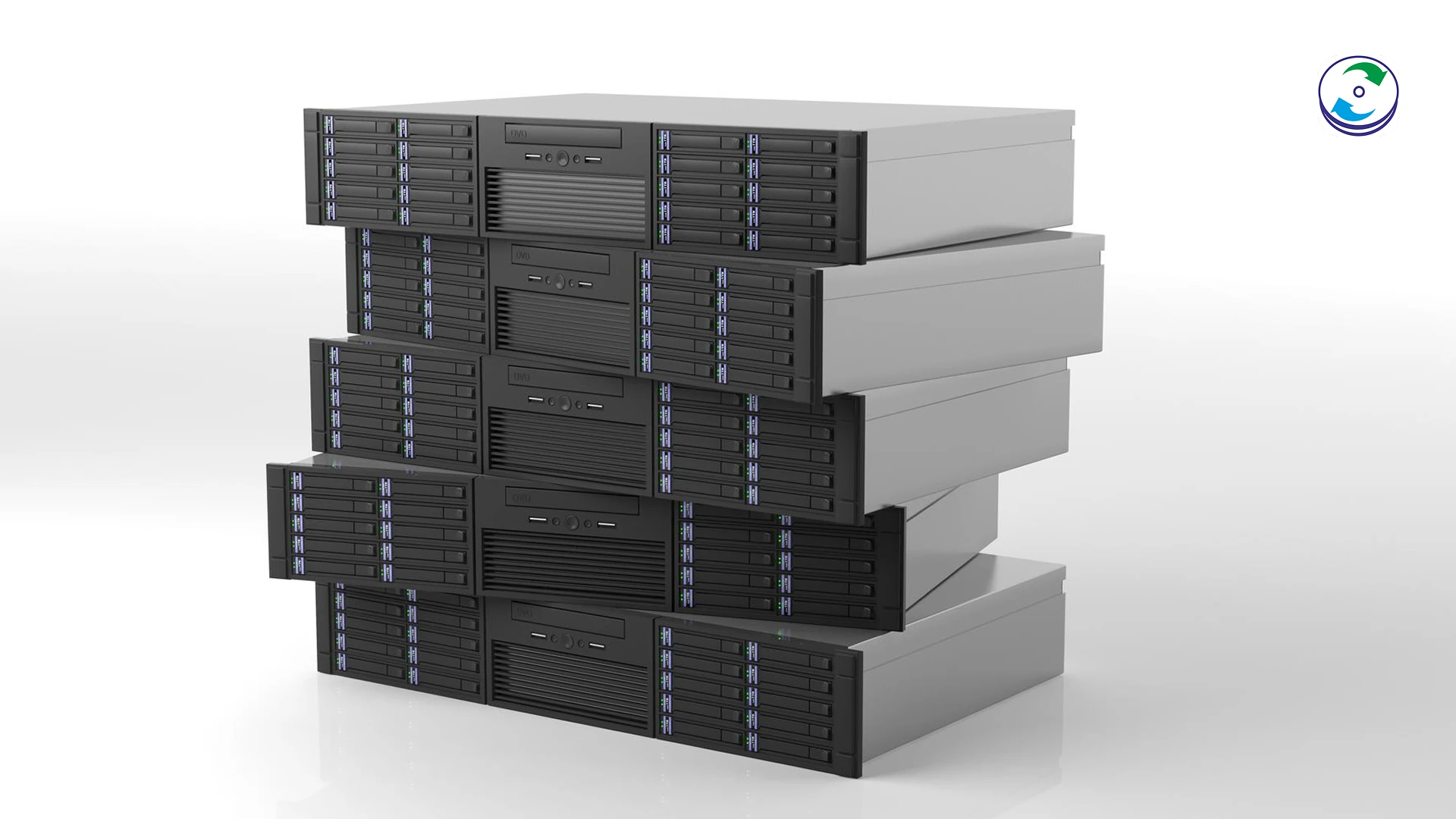SAN Storage: The Enterprise Data Powerhouse Explained

Introduction
In today’s data-driven landscape, businesses handling massive volumes of critical information require robust and high-performing storage solutions. SAN storage (Storage Area Network) stands as a cornerstone of enterprise IT infrastructure, offering a dedicated, high-speed network for consolidating and managing storage resources. This comprehensive guide will demystify SAN storage, exploring its core benefits, architecture, key components, and crucial use cases, providing you with a clear understanding of why it remains a vital technology for organizations worldwide.
What is SAN Storage? Demystifying the Enterprise Storage Solution
At its core, a SAN is a dedicated, high-speed network that connects servers to centralized storage devices. Unlike direct-attached storage (DAS) where storage is directly connected to a single server, a SAN provides a shared pool of storage that multiple servers can access simultaneously. This allows for greater flexibility, scalability, and efficiency in managing enterprise data.
Key Benefits of Implementing SAN Storage for Your Business
Implementing SAN storage offers a multitude of advantages for organizations with demanding data requirements:
High Performance and Low Latency for Critical Applications
SANs are designed for speed, utilizing high-bandwidth technologies like Fibre Channel (FC) or iSCSI to deliver low latency and high throughput, crucial for performance-sensitive applications like databases and transaction processing systems.
Centralized Management and Scalability for Growing Data Needs
A SAN provides a single point of management for all storage resources, simplifying administration and allowing for easy scaling of storage capacity as your business grows. Adding more storage arrays or expanding existing ones can be done without disrupting server operations.
Improved Data Availability and Disaster Recovery Capabilities
SAN architectures often incorporate features like redundancy, mirroring, and snapshotting, enhancing data availability and facilitating robust disaster recovery strategies. Centralized storage simplifies backup and replication processes.
Enhanced Security and Access Control for Sensitive Information
SANs offer granular access control mechanisms, allowing administrators to define precisely which servers can access specific storage resources, improving data security and compliance.
Understanding the Core Components of a SAN Architecture
A SAN comprises several key components working together to provide high-performance storage connectivity:
Enhanced Security and Access Control for Sensitive Information
Fibre Channel is a high-speed, specialized networking technology traditionally used for SANs, offering exceptional performance and reliability. iSCSI (Internet Small Computer Systems Interface) is an IP-based protocol that allows SCSI commands to be transmitted over standard Ethernet networks, offering a more cost-effective alternative.
SAN Switches and Directors: The Intelligent Network Hub
SAN switches and directors act as the central connection points within the SAN fabric, routing data traffic between servers and storage arrays. Directors are larger, high-port-count switches often used in enterprise-level deployments.
Storage Arrays and LUNs: Where Your Data Resides
Storage arrays are the physical storage devices (disk shelves, JBODs) that house the actual data. Logical Unit Numbers (LUNs) are logical representations of storage volumes presented by the array to the servers.
Host Bus Adapters (HBAs) and Network Interface Cards (NICs)
Servers connect to the SAN fabric using Host Bus Adapters (HBAs) for Fibre Channel or standard Network Interface Cards (NICs) for iSCSI. These cards provide the physical interface and processing power for SAN communication.
Use Cases for SAN Storage: Where It Thrives
SAN storage is the preferred choice for a wide range of demanding applications:
Mission-Critical Databases and Transaction Processing
The high performance and low latency of SANs are essential for ensuring the speed and reliability of critical databases and online transaction processing (OLTP) systems.
Virtualization Environments (VMware, Hyper-V)
SANs provide the shared storage infrastructure required for virtualized environments, allowing multiple virtual machines to access storage resources efficiently and enabling features like VMotion and high availability.
High-Performance Computing (HPC) and Big Data Analytics
The massive data volumes and high throughput demands of HPC and big data analytics often necessitate the scalability and performance offered by SAN storage.
Media and Entertainment Workflows
Video editing, rendering, and other media-intensive workflows benefit from the high bandwidth and low latency of SANs for accessing and manipulating large media files.
SAN vs. NAS: Understanding the Key Differences
It’s important to distinguish SAN from NAS (Network Attached Storage). While both provide network-accessible storage, NAS uses file-level protocols (like NFS and SMB/CIFS) and connects over a standard IP network, whereas SAN uses block-level protocols (like FC and iSCSI) over a dedicated network. SANs generally offer higher performance and are better suited for transactional applications, while NAS is often simpler to manage and more cost-effective for file sharing.
Challenges and Considerations When Implementing SAN Storage
Implementing and managing a SAN environment comes with certain challenges:
Initial Investment and Complexity
The initial cost of SAN hardware (switches, HBAs, storage arrays) and the complexity of setting up and managing the SAN fabric can be significant.
Management and Expertise Requirements
Administering a SAN requires specialized skills and knowledge in storage networking, zoning, and LUN management.
Scalability Planning
While SANs are scalable, careful planning is required to ensure the architecture can accommodate future growth without performance bottlenecks.
The SAN landscape continues to evolve with trends like NVMe over Fabrics (NVMe-oF) for even lower latency, increased adoption of iSCSI for cost-effectiveness, and tighter integration with cloud storage solutions.
SAN storage remains a powerful and essential technology for enterprises requiring high-performance, scalable, and highly available storage for their critical data and applications. Understanding its architecture, benefits, and considerations is crucial for IT professionals making strategic decisions about their storage infrastructure. While challenges exist, the advantages of SAN in demanding environments often outweigh the complexities, making it the backbone of many modern data centers.









